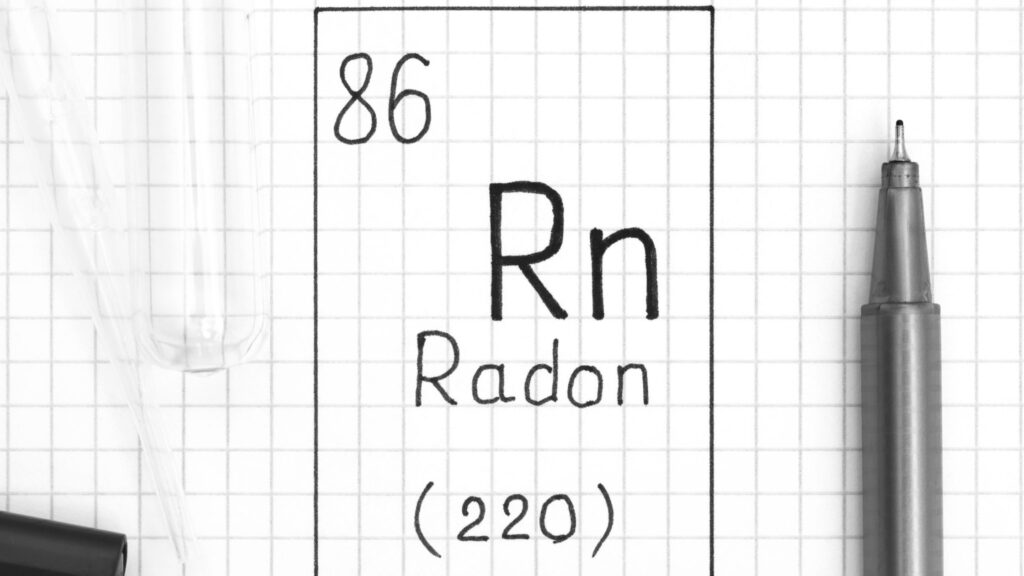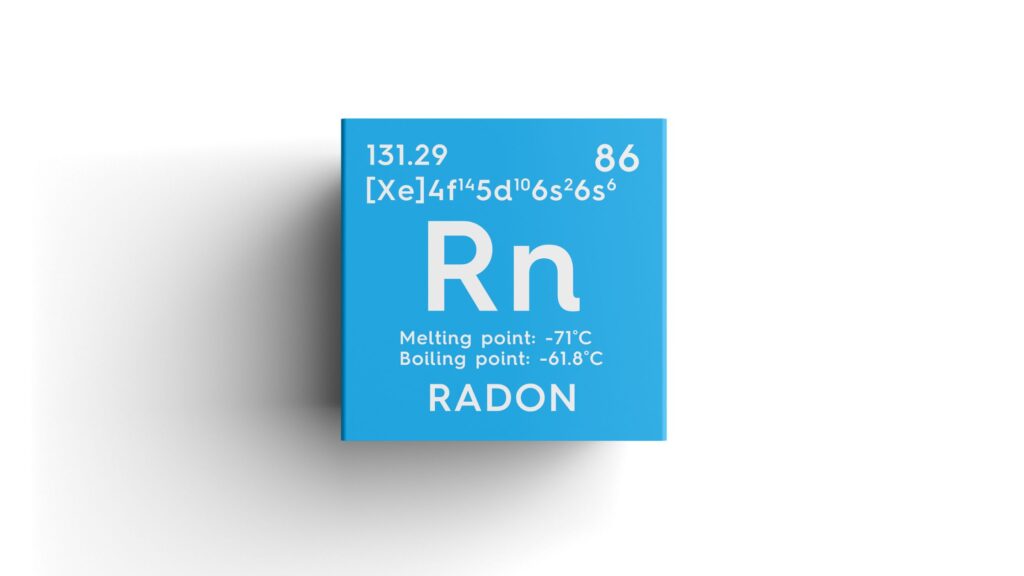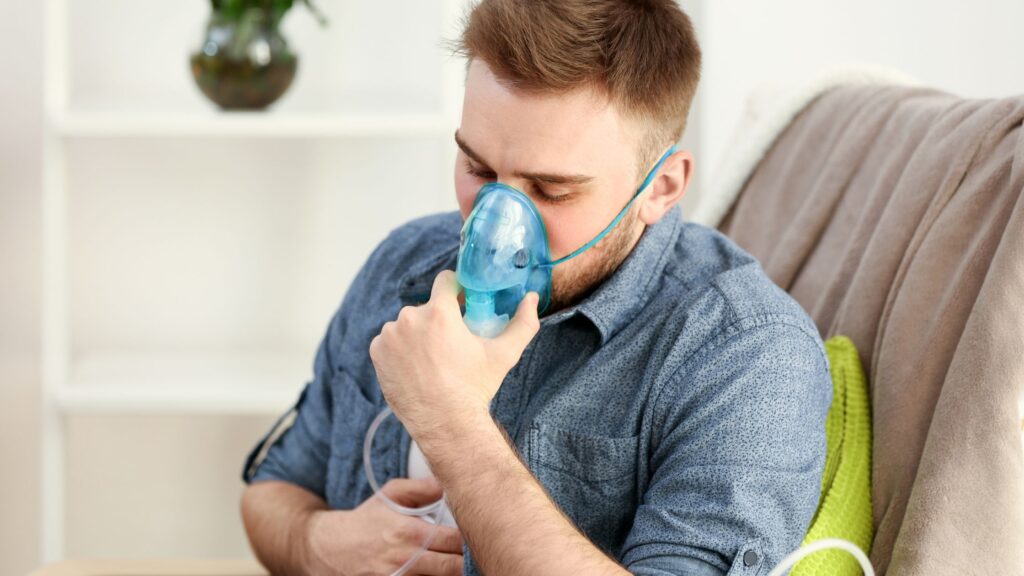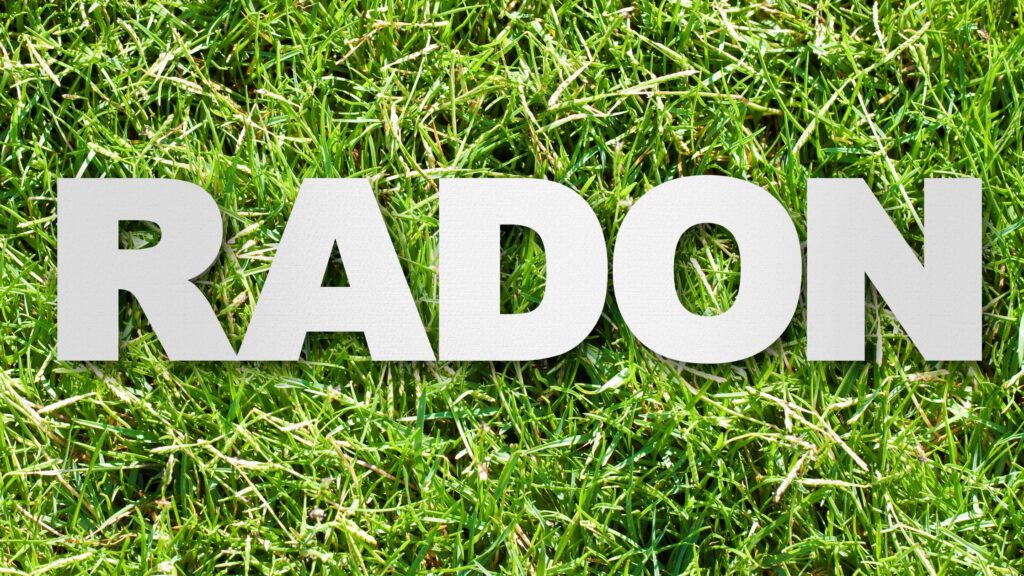Radon measurement plays a critical role in indoor air quality, environmental safety, and radiation protection. To ensure reliable results, laboratories and field users must follow radon sensor calibration standards. These standards provide traceability, consistency, and confidence in radon concentration readings. In this article, we explain what calibration standards are, why they matter, and how a company like DSM Radon implements best practices.
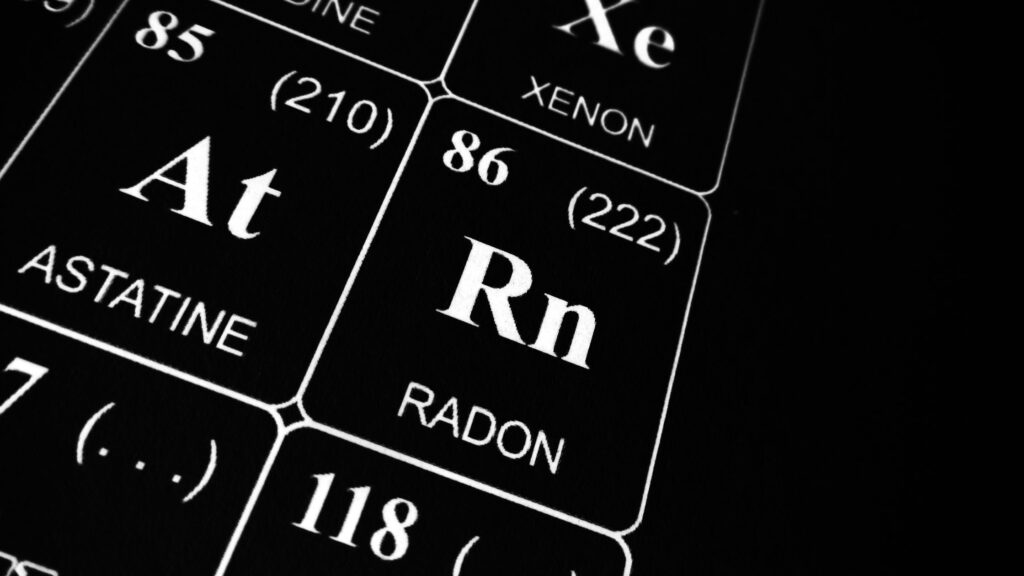
What Are Radon Sensor Calibration Standards?
Radon sensor calibration standards refer to controlled reference systems or protocols used to validate and adjust radon detectors’ response against known radon concentrations. In essence, they act as “benchmarks” by which one assures that a radon monitor is producing accurate results. Calibration standards typically rely on certified radon emanation sources, controlled chambers, and documented environmental conditions (temperature, humidity, pressure).
These standards are essential in ensuring that all radon detectors measured in different labs or conditions can be compared on the same basis. A properly calibrated detector can reduce measurement uncertainty and improve confidence in mitigation or decision-making. Learn more about What Is Radon?
Why Calibration Matters: Key Benefits
Calibration keeps radon detectors accurate and trustworthy. Without it, readings can drift, leading to unreliable safety decisions.
A) Traceability
Calibration links a detector’s readings to national or international reference standards (for example, NIST in the U.S.). This chain of comparison reduces bias and ensures that results from different labs are consistent.
B) Accuracy & Reliability
Over time, detectors may drift due to aging electronics or environmental stress. Regular calibration ensures that the device continues to report accurate radon levels.
C) Regulatory Compliance
Many jurisdictions or certification bodies demand that radon measurement instruments follow recognized calibration protocols and keep documentation.
D) Confidence in Results
When stakeholders (homeowners, regulators, researchers) see that calibration was recent and performed to a recognized standard, they trust the findings more.
Calibration ensures accuracy, compliance, and credibility. It turns raw measurements into reliable data that protects health and safety.
Common Protocols & Standards
Several organizations define calibration or quality assurance protocols for radon measurement:
- ANSI/AARST MS-QA for quality assurance in radon measurement systems. It includes guidelines on calibration exposures, background checks, documentation, and device readiness.
- ANSI/AARST MS-PC covers performance specifications for instrumentation designed to measure radon in air.
- EPA’s Radon Standards of Practice specify procedures and minimum requirements for residential radon measurements.
- Peer-reviewed studies (for example, Kotrappa et al.) describe using NIST radon emanation sources in steady-flow calibration systems to validate detector response.
Calibration must often occur over a relevant radon concentration range (for instance, 10 to 80 pCi/L per MS-QA), with controlled exposures under varying environmental conditions, and with rigorous documentation. Some advanced research also addresses the calibration of transfer standard monitors in atmospheric radon measurements.
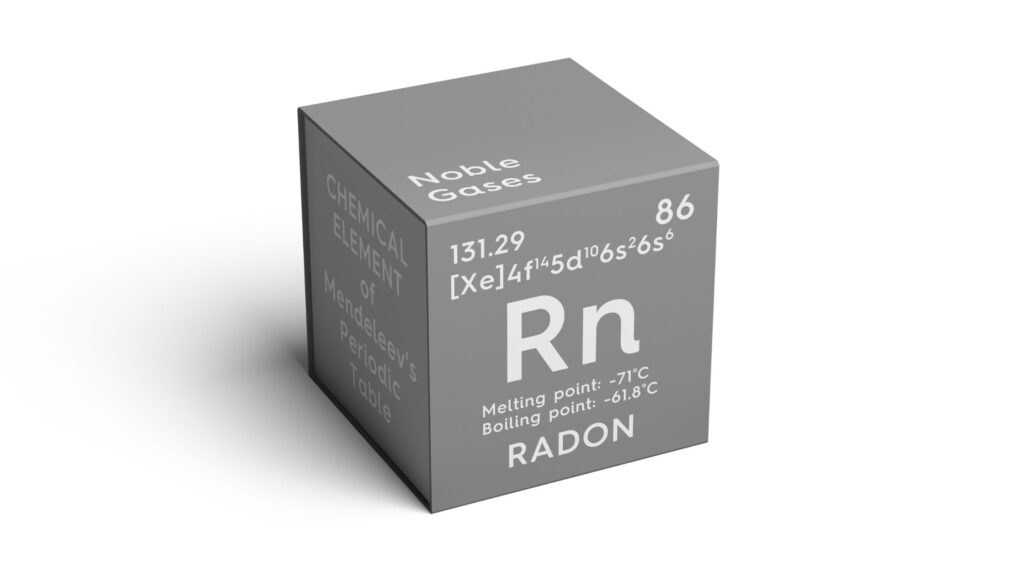
Best Practices for Implementing Sensor Calibration Standards
To maintain high quality and trust in radon measurements, these recommendations should guide calibration programs:
- Design a Traceable Calibration Chain: Start from certified radon sources (e.g., NIST or equivalent), connect them to calibration chambers, and expose the test instrument under known conditions.
- Use Multiple Concentration Levels: Calibrate detectors at multiple points (e.g., low, medium, high) to confirm linearity across the usable range.
- Correct for Environmental Variables: Monitor and record temperature, humidity, and barometric pressure during calibration. If required by the standard, include diverse environmental exposures.
- Perform Background Checks: Assess the instrument’s background (zero or baseline) using aged air or inert gas before calibration exposure.
- Document Rigorous Calibration Reports: Each calibration run should yield a certificate containing calibration conditions, measured responses, calibration factor, instrument serial number, due date for re-calibration, and uncertainties.
- Schedule Regular Recalibrations: Many protocols call for periodic recalibration (for example, biennially for continuous radon monitors).
- Implement Quality Control Checks: Use blind standards or check detectors periodically to verify the consistency and drift over time.
- Maintain Audit Trail & Transparency: Retain all calibration records and make them available for audits or client review.
DSM Radon’s Role in Adhering to Calibration Standards
DSM Radon, a professional radon services provider, emphasizes accuracy, transparency, and measurement fidelity in its offerings (as seen on its website). Their approach aligns with best practices for radon sensor calibration standards. For instance:
- DSM Radon refers to detector accuracy, calibration needs, and maintenance in its client education content.
- Their public materials discuss calibration frequency and the importance of verifying readings over time.
- DSM Radon positions itself as an expert in radon measurement and mitigation services, which implies that they likely maintain internal calibration protocols, traceability, and quality assurance.
By integrating rigorous calibration standards into their workflow, DSM Radon can deliver more trustworthy radon assessments and mitigation plans to clients. Their reference to calibration in their articles underscores their awareness of measurement integrity.
Conclusion
In summary, radon sensor calibration standards form the backbone of trustworthy radon measurement. They ensure consistency, traceability, and reliability across projects and over time. Organizations that follow recognized standards—such as ANSI/AARST MS-QA, MS-PC, and EPA guidelines—deliver measurement quality that clients and regulators can trust. DSM Radon exemplifies a provider committed to upholding those standards in its service offerings. For dependable radon measurement and mitigation solutions, partnering with experts who integrate robust calibration protocols, like DSM Radon, is recommended.
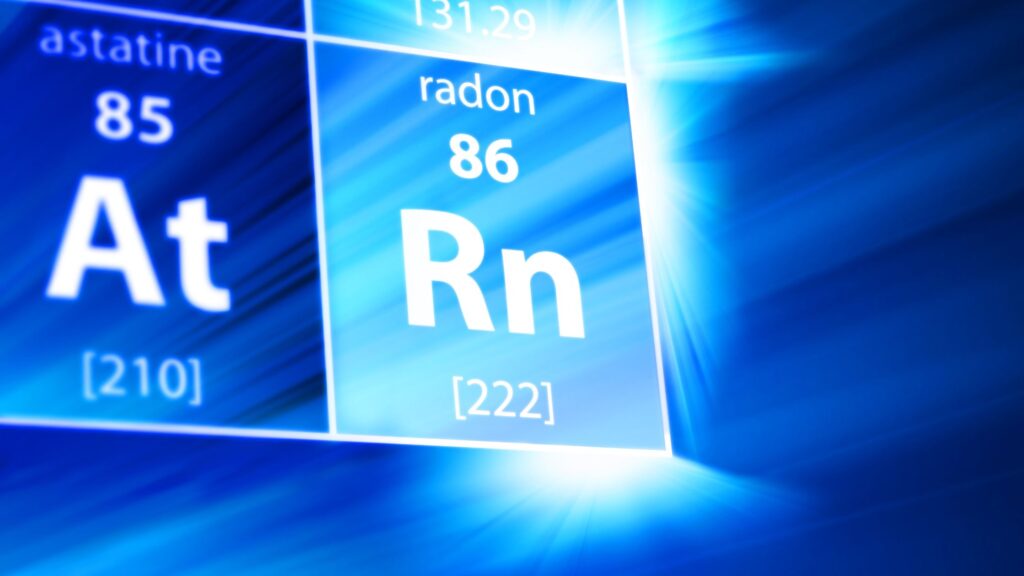
Frequently Asked Questions
Q1: How often should radon sensors be calibrated?
Radon sensors should typically be recalibrated every one to two years, depending on manufacturer recommendations and usage frequency.
Q2: What happens if a radon detector isn’t calibrated?
Without calibration, sensors can drift and provide inaccurate readings, potentially leading to incorrect mitigation decisions.
Q3: Who certifies calibration standards?
Calibration traceability usually aligns with national or international standards bodies such as NIST or equivalent laboratories recognized for radiation metrology.
Q4: Can homeowners calibrate their own radon detectors?
Consumer-grade detectors generally aren’t user-calibrated. Professional or laboratory facilities perform calibration using specialized radon chambers and controlled environments.

